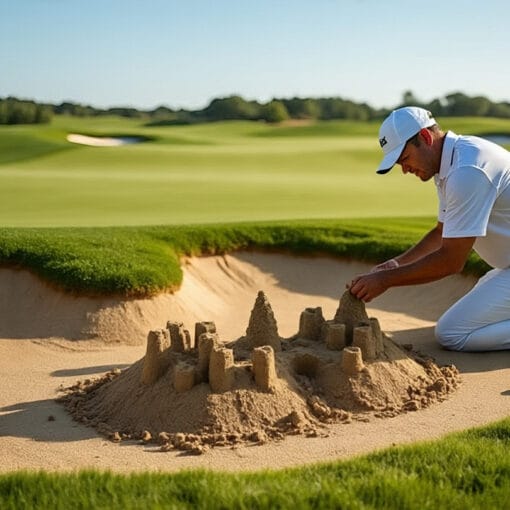Top Takeaways and Key Concepts
Please Note: This post may contain affiliate links. If you click one of them, we may receive a commission at no extra cost to you. As an Amazon Associate, I earn from qualifying purchases.
→ Master your stance and balance by keeping feet narrow and weight slightly on the front foot.
→ Use the right club for distance and elevation to improve control and precision.
→ Focus on the landing spot instead of the hole to guide chip shot accuracy.
→ Maintain a smooth follow-through to ensure consistent trajectory and clean ball contact.
→ Practice chipping regularly to build confidence, improve feel, and sharpen distance control.
Summary of This Article
Chipping doesn’t have to be intimidating—it’s all about balance, rhythm, and strategy. This article helps golfers master their stance, club choice, and control while emphasizing consistent practice. Readers learn how to stay relaxed, visualize landing spots, and fine-tune their short game with smooth follow-throughs that build accuracy and confidence around the green.
Video Summary
Chipping, huh? That part of golf is hard and really exposes who knows how to play and who is still learning. If you've ever stood just off the green and looked at your ball like it was a spaceship from another world ready to take off, I get it.
Chipping may be a lot of fun one minute and incredibly annoying the next. You could be thinking, “Why did I even start playing this?” It happens to everyone! But don't stress too much. You will be chipping like a pro in no time if you remember these helpful tips (or keep them in your golf bag).
Get used to how you stand first. You should stand with your feet close together and shift your weight slightly to the front foot. It keeps things from moving. Think about how you might barely touch the grass instead of hitting the ball hard. That's when you need to be careful!
First, think about where you want the ball to go. Think of it rolling toward the hole like a train on its tracks. Imagining things can be really helpful. And don't forget to follow through after you hit it, like saying goodbye to your shot.
It's also very necessary to practice! The more you chip, the better you'll get at knowing how much power to use for each shot. So grab your clubs and find time to practice when you can.
Chipping doesn't have to be hard or intimidating. Take a deep breath, focus on what you're doing, and enjoy each swing! You won't believe how rapidly you get better!
Understanding the Basics of Chipping
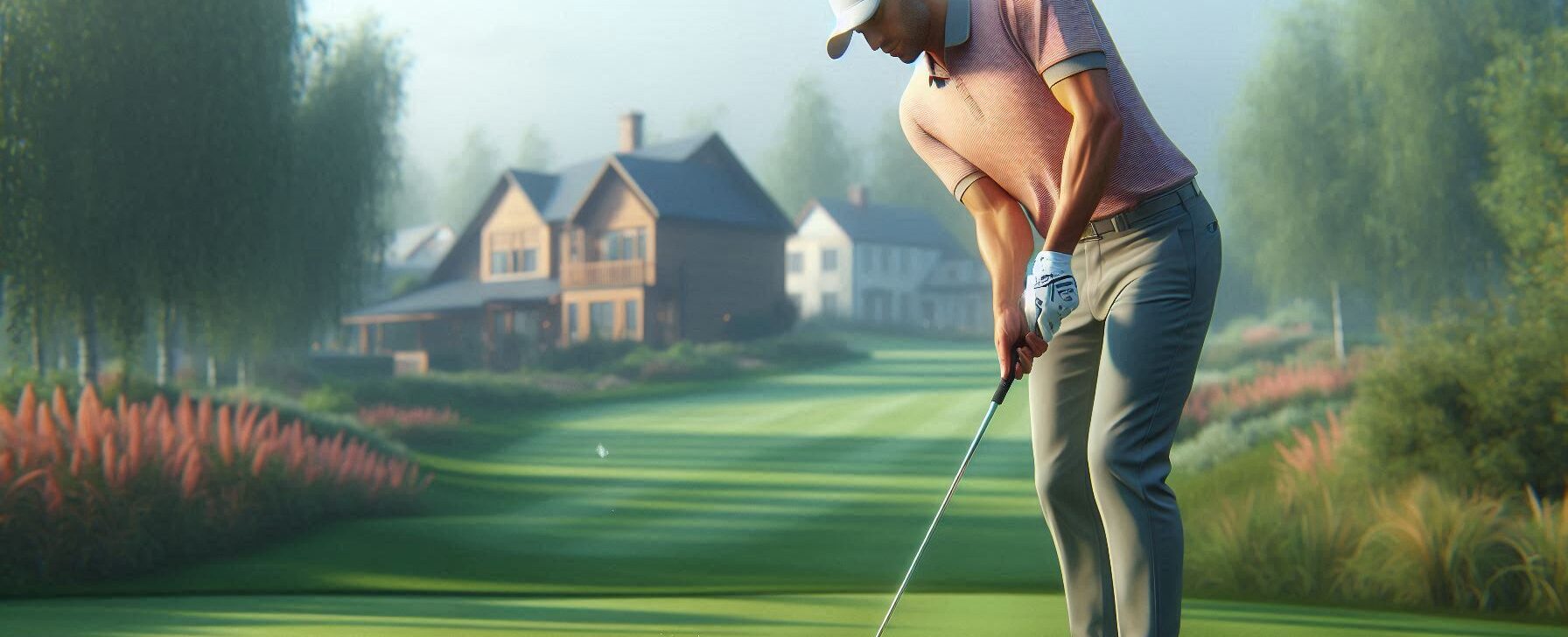
Let’s start with the basics—what exactly is chipping? It’s that delicate shot played when you're just off the green and need to get the ball close to the hole without sending it on a one-way trip into orbit.
Picture this: you're on hole 7, feeling confident after a solid drive, only to find yourself faced with an awkward chip that could make or break your round. No pressure there!
By the way, mastering chipping begins with stance and grip. Stand with your feet close together—like you’re trying to balance on a tightrope—and keep most of your weight on your front foot.
This position helps ensure solid contact with the ball rather than hitting behind it—a common mistake that leads many golfers down a path of despair (and possibly some colorful language).
Interestingly enough, don’t forget about your grip! Hold the club lightly; if you grip it too tightly, tension will creep in faster than my dog when she hears food being prepared. A relaxed grip allows for better feel and control during your swing.
Choosing Your Club Wisely

Now let’s talk clubs! When it comes to chipping, selecting the right one is crucial—kind of like choosing between pizza or tacos for dinner (both are excellent choices!).
Most golfers prefer using either a pitching wedge or sand wedge for these shots. However, depending on how much roll you expect after landing, sometimes opting for an 8-iron or even a 9-iron can yield fantastic results.
Think about this: if you're facing a long chip onto a flat green, go for something less lofted so that you can cover more distance while still maintaining control over direction.
On the other hand, if there's some serious elevation between you and that pin hiding behind pesky bunkers? Grab that sand wedge and send it skyward!
And speaking of experimenting—don’t hesitate to try different clubs during practice rounds until you discover what feels best for various scenarios. Golf is all about finding what works for *you*, not just imitating what others do.
The Importance of Distance Control
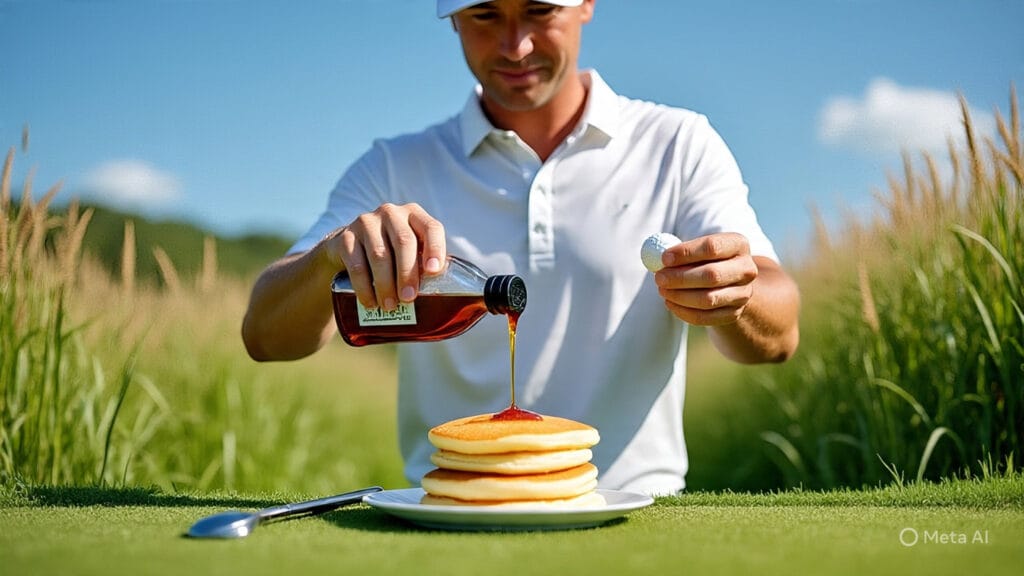
Hmm… Some people say that distance management is one of those talents that every golfer wishes they had mastered yesterday. Nothing beats watching your ball glide smoothly toward its goal instead of taking unexpected turns into water hazards or thick grass!
To get better at controlling distance while chipping, you need to pay attention before and during each shot. First, look at things like the slope of the ground or the direction of the wind. These things will help you figure out how far you need to hit that little white ball.
Getting ready for each chip shot is like getting ready to pour syrup on pancakes. You want it smooth, not jerky! If you swing smoothly, everything feels better. It’s way more fun than just throwing your pancakes across the table, right?
When you have that steady swing, it helps you get the same results every time. You’ll start to feel what works and what doesn’t. It’s a nice little rhythm that can make all the difference.
Here’s my favorite tip: practice hitting chips at different distances. This part is super fun! Set up some colorful cones around the greens as targets. It makes it like a game! Then change how far away you are from those targets. Start close and then move back as you get better.
You’ll feel more confident with every chip shot. Each time you hit one, you'll be learning something new. Plus, who doesn’t love a little challenge? You'll be amazed at how much your skills improve when you're having fun with it! Keep going—you’re doing great!
Mastering Follow-Through Techniques
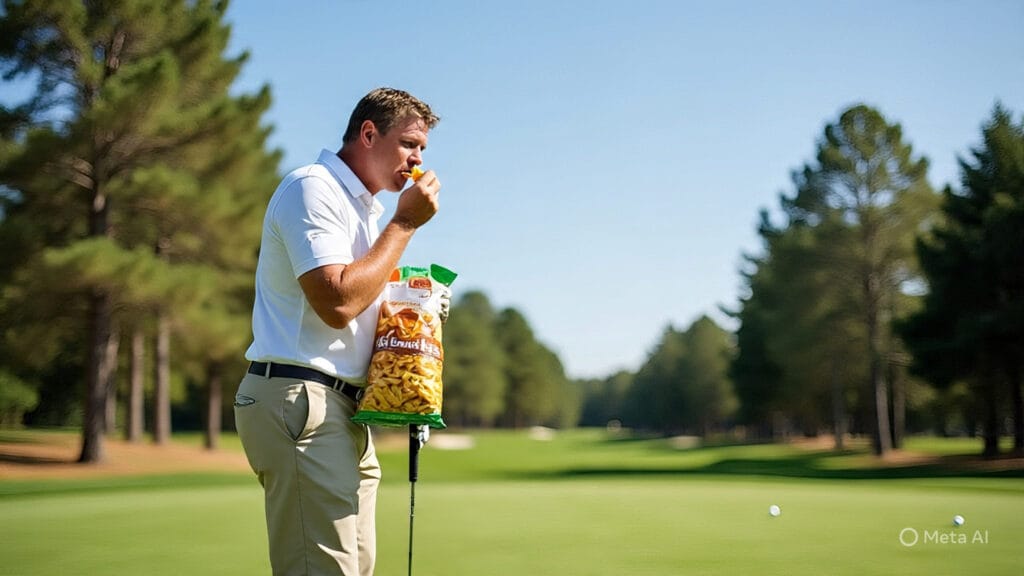
I can tell you're thinking, “What do you mean by follow-through?” That's only for baseball, right? People, in golf, follow-through is vital too! Imagine this: you hit a terrific chip shot, but it went apart because you forgot to finish strong.
You have to be highly dedicated if you want to chip good. You know you shouldn't consume an entire bag of chips, but you do it anyway. We all have those times, don't we?
When you chip, look at the spot where you want the ball to go. Think about it even after it hits the ground. That little graphic will help you remember how to swing correctly every time. It's like imagining the perfect shot before you take it.
But don't stop right away once you hit the ball. Keep swinging in a graceful way. Think of it as a dance move: easy and smooth! This makes your short game feel better and more accurate, no matter how far away you are from the hole.
At first, it could seem challenging, but you'll find that everything gets simpler with practice. You'll start to sink those chips and feel better about yourself! Remember that every little thing you do on this path is vital. You can do it!
Reading Greens Like Sherlock Holmes
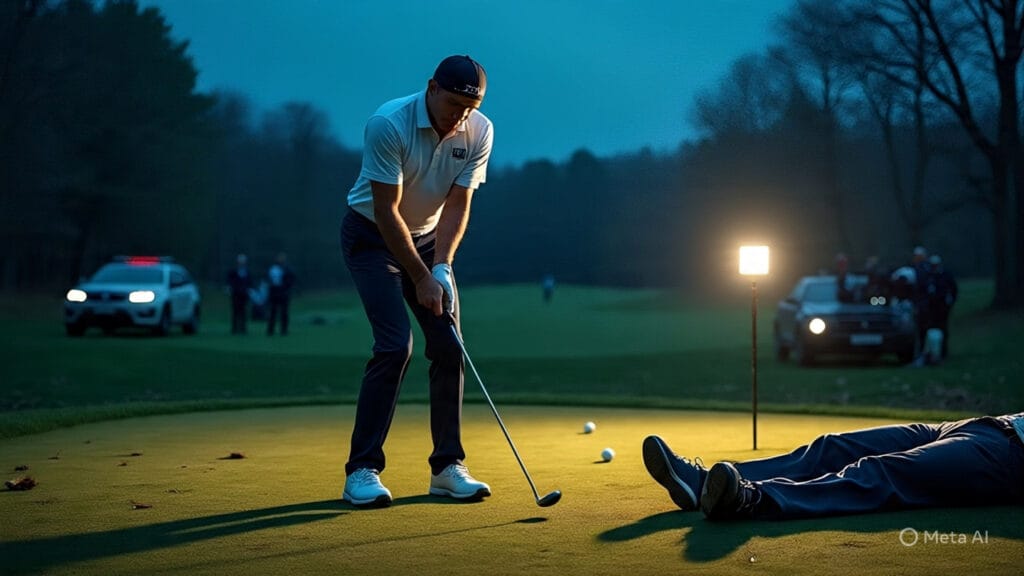
Now let’s dive into perhaps one of my favorite topics: reading greens! Honestly speaking, this skill is akin to channeling Sherlock Holmes but instead involves inspecting slopes instead of crime scenes—a lot less dramatic but equally important!
Before every chip shot attempt study surface contours carefully; look out for subtle breaks or ridges which may affect how fast balls roll once they land down below pins waiting patiently nearby (or menacingly depending upon perspective).
To be fair, you won’t always see everything clearly when you’re looking at the green. Sometimes the grass hides little bumps or slopes. It can be tricky! But taking a moment to really look around can help a lot later on.
Next time you're getting ready for a chip shot, take a good look at where your ball is and what’s ahead. Is there a hill? A dip? These things matter! Knowing your surroundings makes it easier to plan your shot.
You might find that just by paying attention, you’ll hit better shots more often. And guess what? That makes playing so much more fun! When you start seeing improvements, it feels great. You’ll enjoy the game even more.
So before you swing, breathe, relax, and check out what's around you. It's like being on an adventure every time! With each little step, you'll become a smarter player and have way more fun out there on the course. You’ve got this!
Practice Makes Perfect
Let's talk about practice now. It really makes a big difference! Think about all the time you've spent at the driving range hitting drives into the distance. But what about your short game? Do you like chipping? Does this sound like something you've heard before?
We frequently overlook how essential those little shots are. They can definitely change your score. So, how about this: make some time each week especially for your short game? It doesn't have to be long; 30 minutes or so should be enough. You won't believe how much better you can get!
Do some particular drills that can help you chip and putt better. For example, practice hitting balls from different places on the green. Some days, practice on getting near to the hole, and other days, work on rolling it in from farther away. Have fun! You could try to beat yourself at a game.
You could even bring a friend with you to keep you company and compete with you. A little difficulty is all it takes to make things fun!
Keep in mind that everyone can improve, even the pros still work on their short games. Don't feel guilty if you're having a hard time right now. Just keep coming and working on it! Every time you practice, you get better and feel more sure of yourself on the course. You can do this!
Featured Snippet: Chipping in golf requires balance, control, and consistency. Mastering your stance, using the right club, focusing on the landing spot, and practicing regularly helps create smooth, accurate shots. By staying relaxed and following through, golfers can improve precision and confidence in their short game around the greens.
Frequently Asked Questions
What is the correct stance for chipping in golf?
Keep your feet close together and your weight slightly forward on your lead foot. This helps ensure cleaner contact with the ball.
Which club should I use for chipping?
A pitching wedge or sand wedge works best for most chips, but you can experiment with an 8-iron or 9-iron for longer, lower shots.
How can I control distance when chipping?
Control distance by adjusting your backswing length and maintaining smooth, consistent tempo rather than hitting harder.
Should I focus on the hole or a landing spot when chipping?
Focus on a specific landing spot where you want the ball to land and roll toward the hole.
Why is follow-through important in chipping?
A smooth follow-through maintains rhythm, improves contact, and helps control both trajectory and distance.
How can I practice chipping effectively?
Set up different targets around the green and practice chips from varying distances and lies to build control and confidence.
What’s the biggest mistake golfers make when chipping?
Many golfers tense up or decelerate through impact. Staying relaxed and accelerating smoothly through the ball leads to better results.
Suggested Resources:
The Art of Short Game
https://www.golfdigest.com/story/the-art-of-short-game
Golf's Short Game Secrets
https://www.golf.com/instruction/2020/06/01/golfs-short-game-secrets/

Kevin Collier is an avid golfer and contributing author at AIGolfTips.com, where he shares his passion for the game through expert tips, techniques, and gear reviews. With years of experience on the course, Kevin offers valuable insights for golfers of all skill levels, helping them improve their game and maximize their potential. Whether discussing swing mechanics or the latest in golf technology, Kevin's engaging approach aims to inspire and educate fellow golf enthusiasts to elevate their performance and enjoy every moment on the green.



